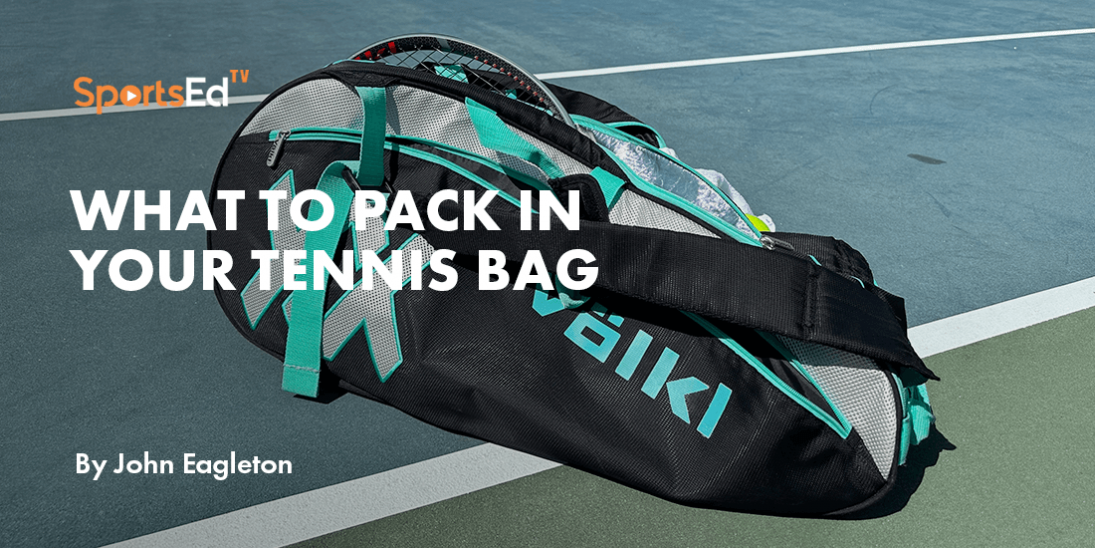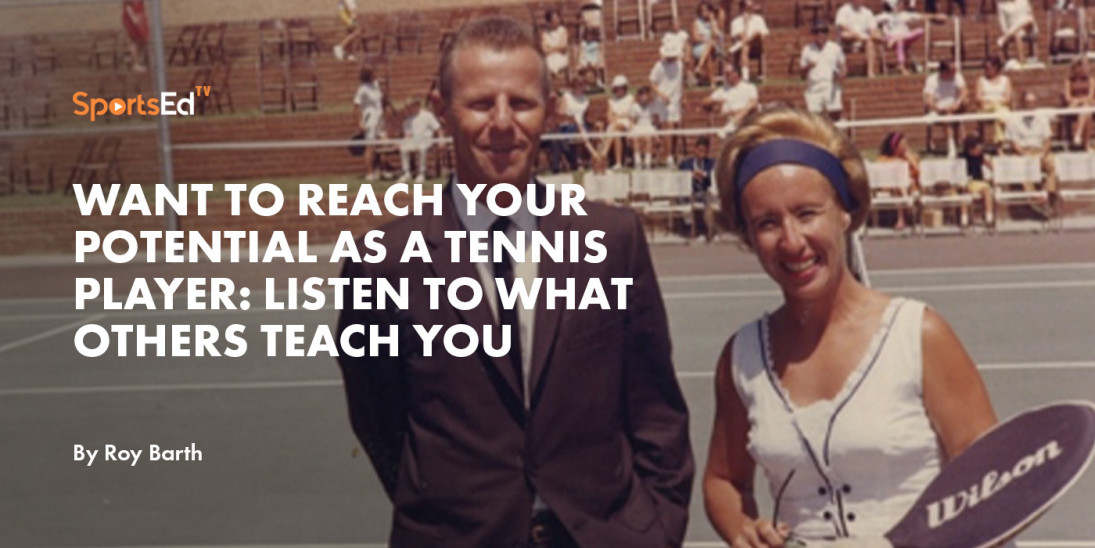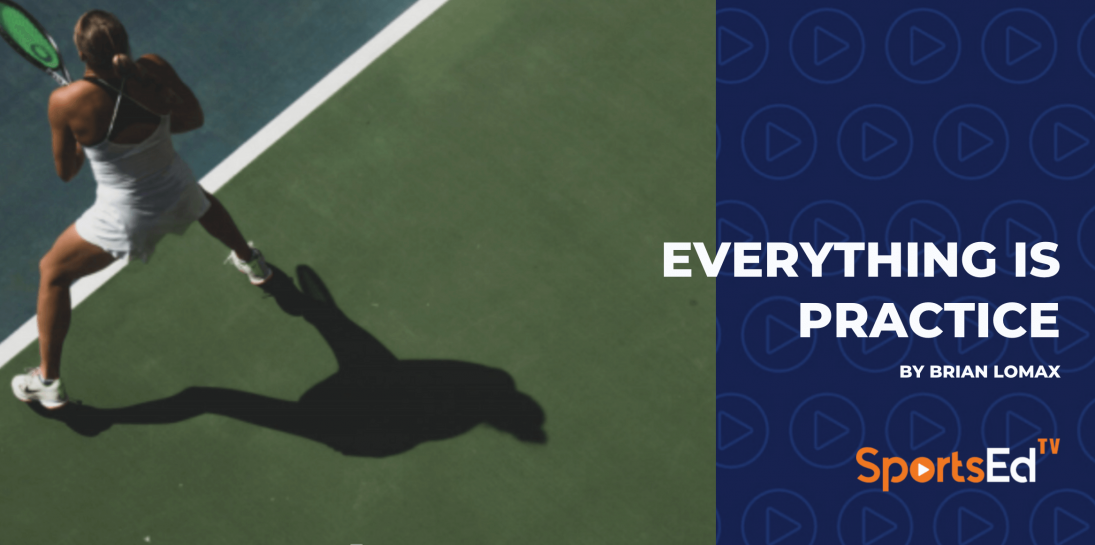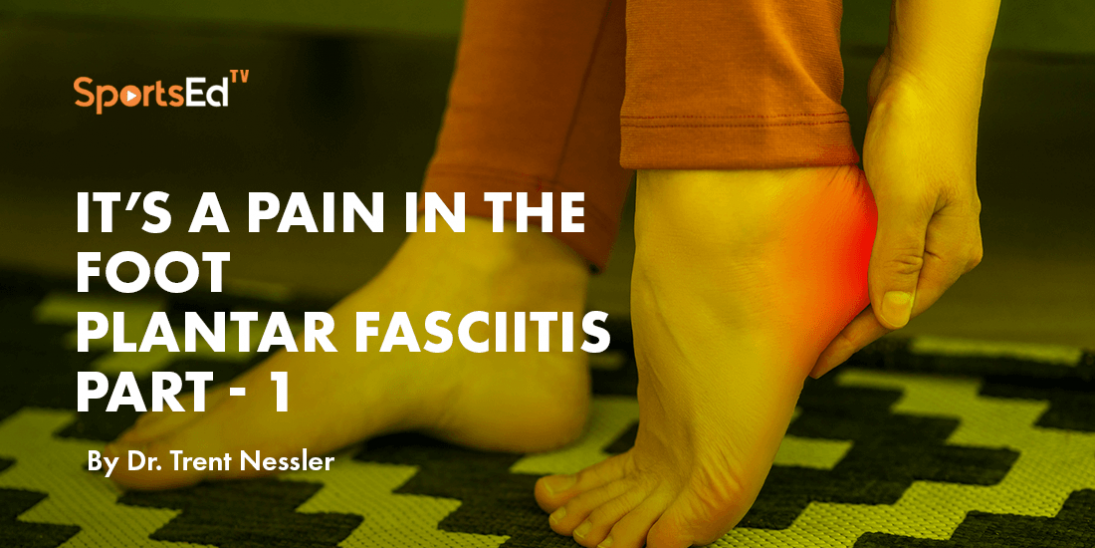Tennis
Welcome and thanks for visiting...

What grip should I use on my serve?
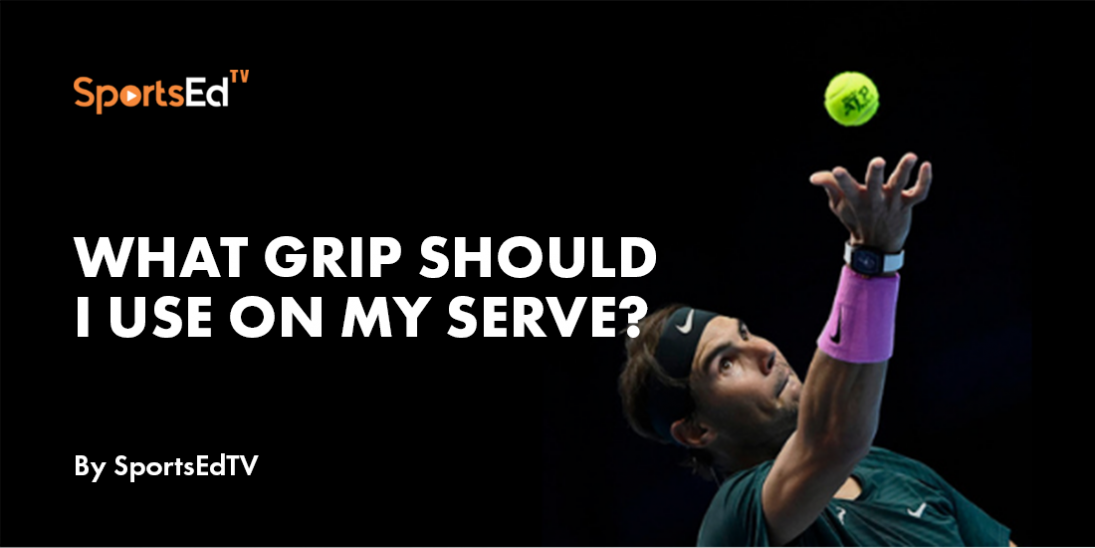
How do Federer, Nadal, and Djokovic master different serve slices?
Most of the time, when players get ready to serve, they already have in mind the strategy they will use. Depending on the amazing serve type, the player will decide what grip to use.
Why use a continental grip?
The continental/hammer (neutral continental) grip is the most commonly used grip; however, some players will slightly change their hand's positioning.
Players use the neutral continental grips to hit any perfect serve from flat to kick to slice. Intermediate and advanced players use this grip mostly to hit a stunning flat serve since advanced players tend to slightly shift the grip and use all the variations discussed in this blog.
The flat serve is mainly a 1st serve with supreme power and speed, most of the time to take control of the point right of the start or to finish the point with an ace using extraordinary power. Players tend to go for a lot when up in the score or to surprise the opponent.
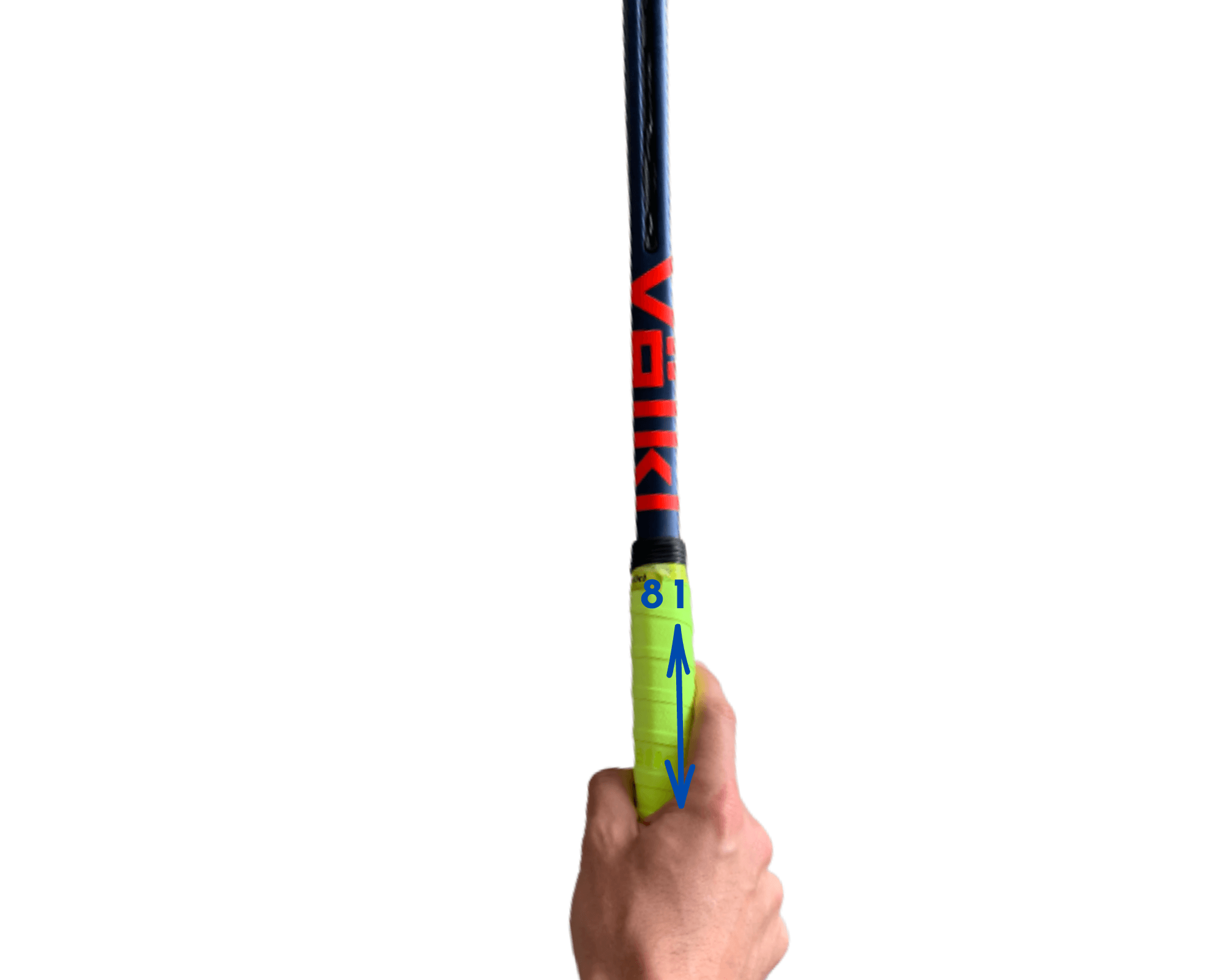
Top View Flat Serve: Neutral Continental - Projection Line (~1)
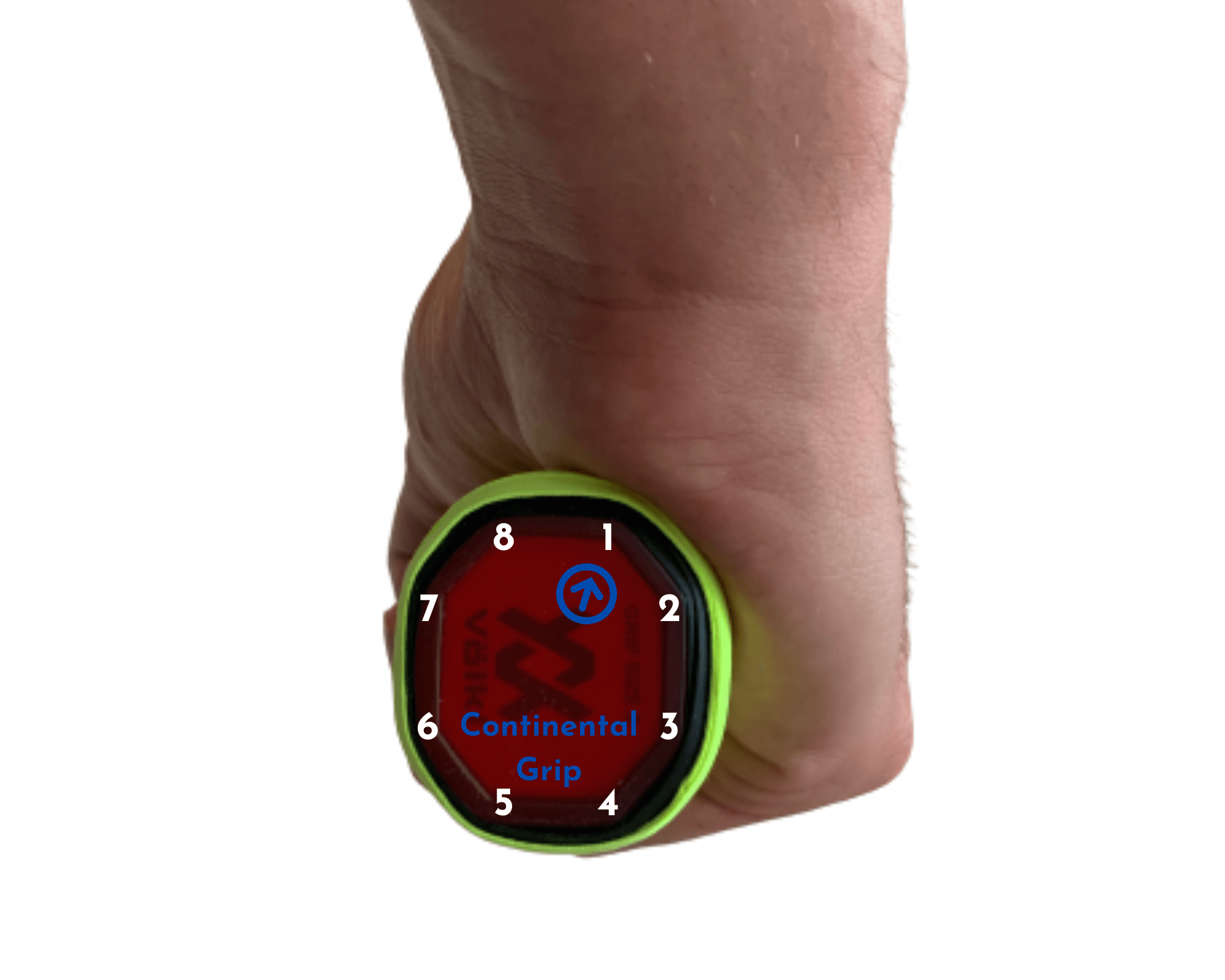
Back View Flat Serve: Neutral Continental - Projection Line (~1)
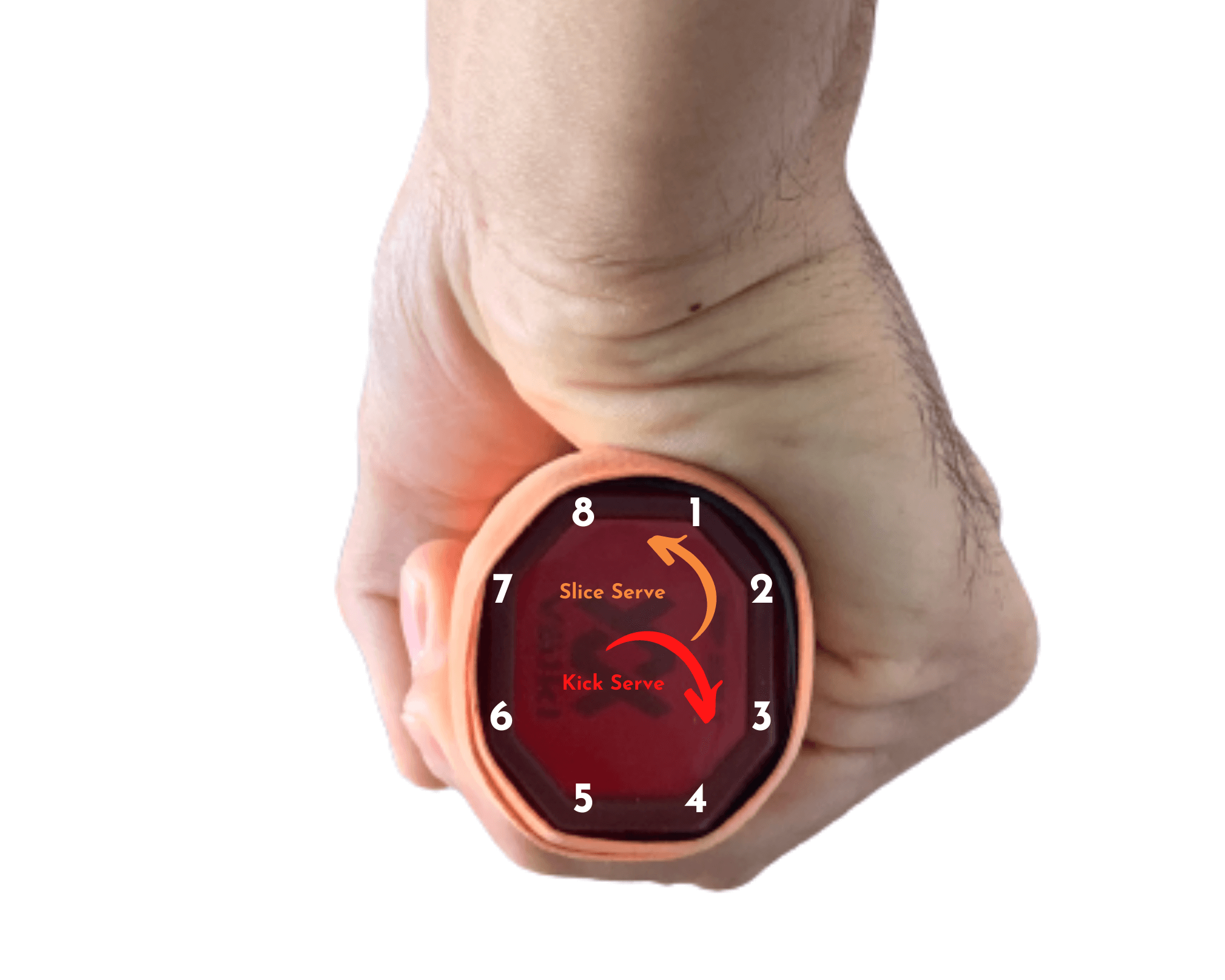
Continental Shifts from Neutral Continental (Flat Serve) to Slice and Kick Serve
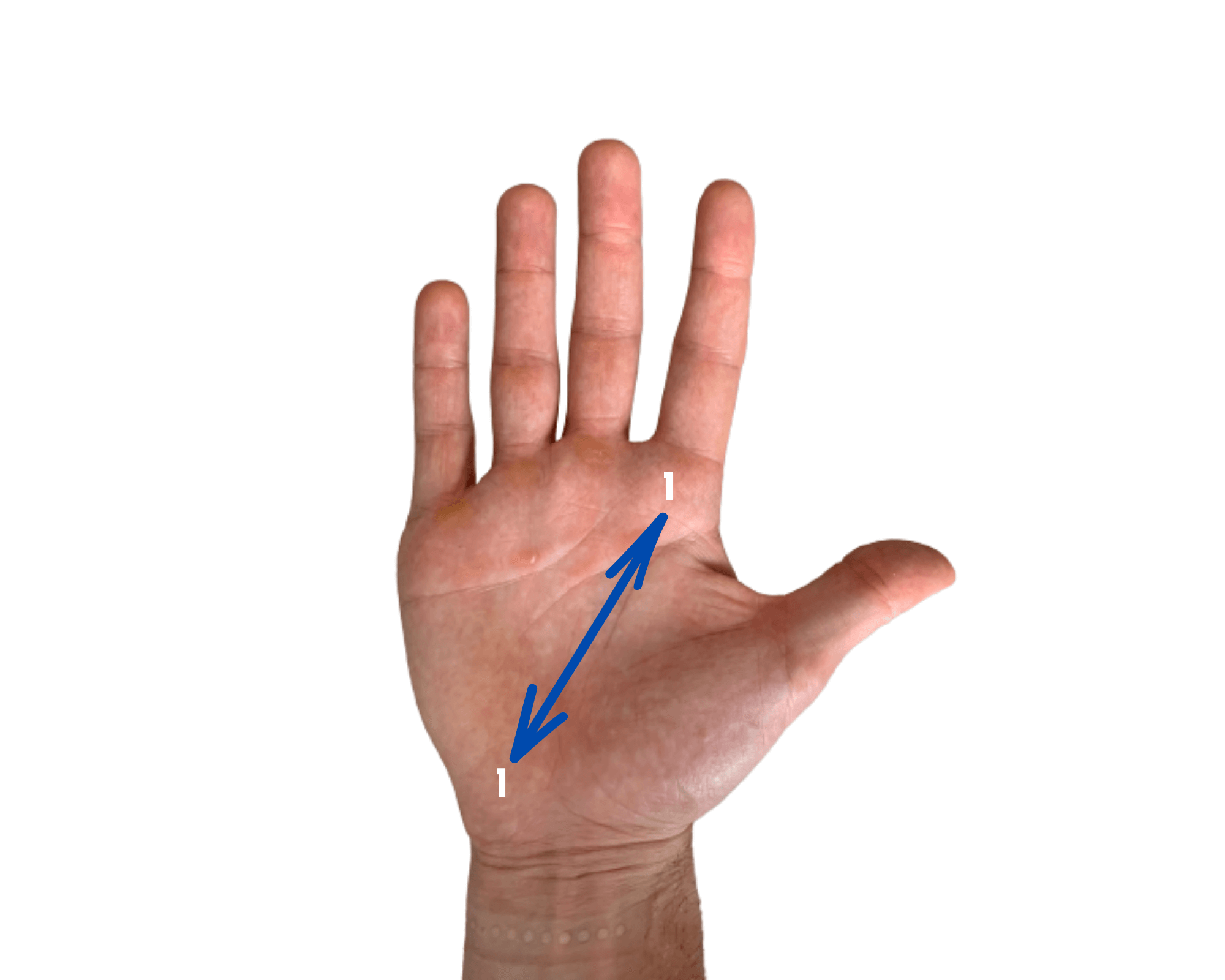
Projection Line: knuckle / left button part of palm
For instance, when hitting a fabulous slice serve, a right-hand server might slightly shift their grip counterclockwise or toward the backhand side, known as extreme continental, which will help bring the racquet to the impact point with the edge leading the movement and increased curving around the ball.
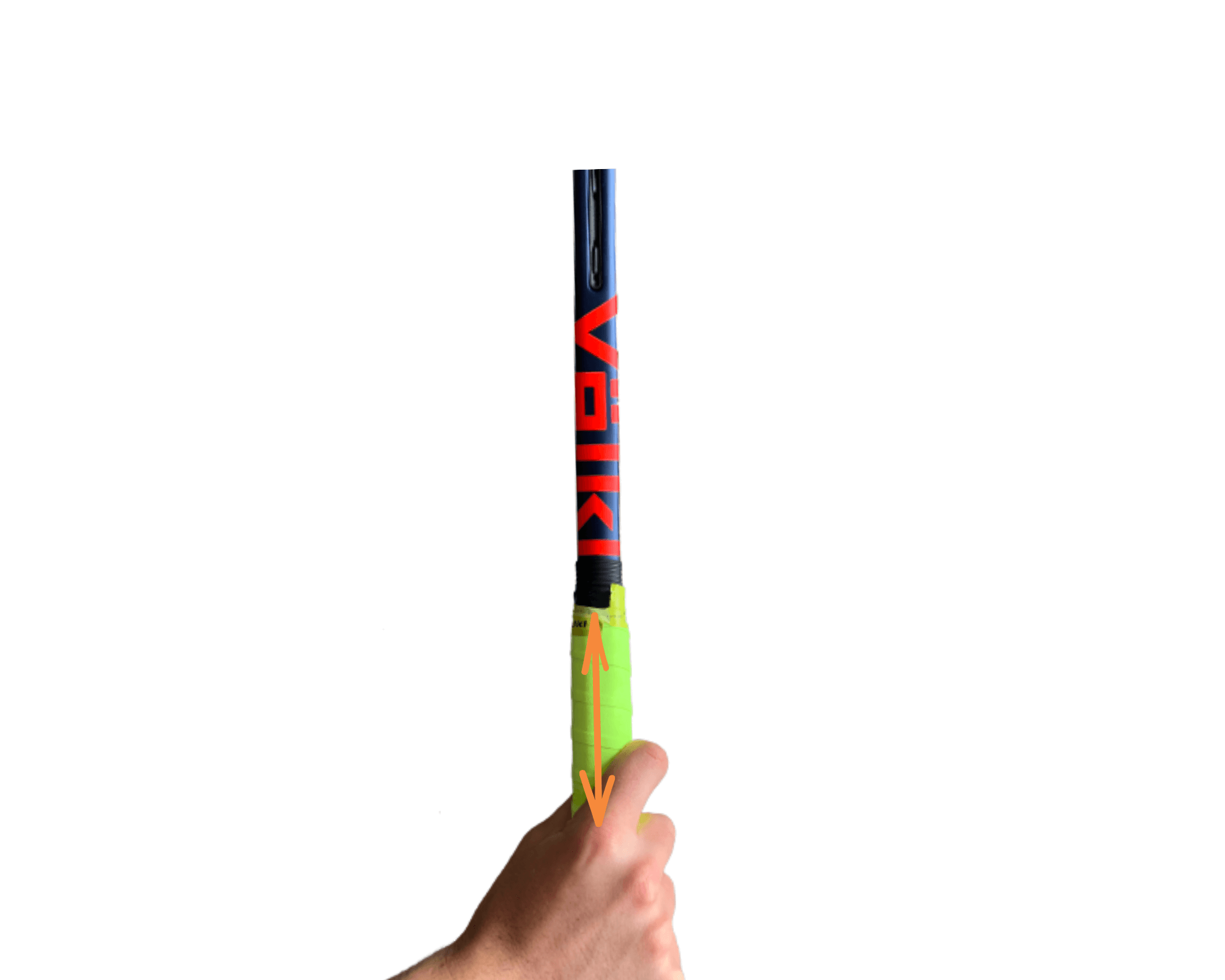
Top View Slice Serve: Extreme Continental - Projection Line (~8.5)

Back View Slice Serve: Extreme Continental - Projection Line (~8.5)
Check out this big slice serve instructional video:
Otherwise, it is recommended to use a continental grip and/o shift the hand slightly to the forehand grip, weak continental, which will allow greatest wrist action for more spin and smoother pronation. Boris Becker is an excellent example of this as he used a grip very close to the eastern to maximize the spin and hand action on his kick serve.

Top View Kick Serve: Weak Continental - Projection Line (~1.5)

Back View Slice Serve: Extreme Continental - Projection Line (~8.5)
Now that you know the correct grip to hit a kick serve, watch this whopping video of how to hit a perfect kick serve:
Now that you have acquired some knowledge about what grip to use for different types of serves let's dive into some more technical &; strategic analysis. Top tennis players such as Stefanos Tsisipas and Felix Auger Aliassime may use a similar strategy when serving with these two variations of continental grip explained above.
Let's name "Player1" server and "Player2" returner.
Deuce Side
When serving on the deuce side with an extreme continental grip with the hand more towards the backhand, there is a higher chance for the player to hit a wide or body serve. Assuming Player2 is able to return the serve, Player1 will most likely try to hit a forehand to the open court with either an inside-out forehand or a down-the-line forehand to take control of the point. This type of serve is mostly used on first serves, with some exceptions on the second serve if Player1's intention is to surprise the opponent. Equally important, the serve is aimed at the "T." This serve is used a lot on clay where the ball bounces higher and the game is slower, and when playing one-handed backhand opponents or players with a great gap in terms of efficiency between forehand and backhand.
Ad-Side
Otherwise, when serving from the ad side holding the racquet using an extreme continental grip slightly turned towards the backhand, it is most likely that players like Stefanos, Felix Aliassime, Rafa Nadal, Roger Feder, or Novak Djokovic will opt for a first serve aiming the "T" or the body. According to statistics, this is a type of serve that is most widely adopted on first serves. Depending on the opponent's ability to return the serve, we can predict what kind of shot Player1 will make. Assuming Player 1 hits a really good serve, Player 2 return will bounce in the middle of the court and Player1 will be able to turn around the forehand and pick a shot down the line or cross depending on the positioning of Player 2 after the return.
Contrarily, when Player 1 will grip the racquet with a weak continental, the hand more towards the forehand side, he might opt for a whopping wide kick serve with the goal of having Player 2 return a ball over the height of his shoulder. This type of serve is widely used on clay. If Player 2 returns deep, Player 1 will most likely hit a third shot after the serve deep to the backhand to not lose space and let Player 2 step inside the court. Otherwise, Player 1 could hit a third shot after the serve to the opposite side of the court, trying to get the best angle to push the opponent off the court. Also, the grip above explained is commonly used in both singles and doubles by players when they decide to serve &; volley.
Gain insightful tips from our expert tennis coaches and video analysis of great champions. Everyone can learn how to serve by watching our video tennis lessons. Improve your tennis serve skills today!
Watch our complete library to take your serve to the next level. Anything you need to know about the serve from fundamental to advance including tactics on how to improve your game.
SportsEdTV Serve Instructional Library
If you have any questions or are looking for customized lesson plans to include in your practice routine, JOIN SportsEdTV today and start using our exclusive member benefits by sending us messages using our chat service to receive lesson plans, tips, and much more.
** Did you know members can create an original playlist to share with their friends? Ask us how: dsalazar@sportsedtv.com




